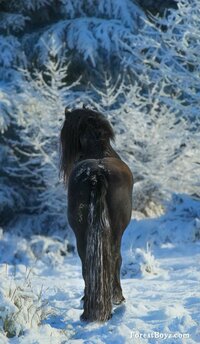Er zijn nog geen producten in jouw winkelwagen geplaatst.

- Shop
- *Uitlopende artikels*
- Hoofdstellen
- Halsters
- Bitten
- Teugels
- Frontriemen
- Neusriemen
- Hoofdstel Onderdelen
- Singels
- In de Kijker !
- Stal benodigdheden
- Zadel Pads
- Andere ruiter spullen
- Meer paardenSpullen
- B&R's *Custom Lab*
- Test Centre
- Home
- D!ensten
- Custom Lab
- Kalender
- N3WS
- Ons Team & Fitters
- Test Center & Rental
- Shout out !
- Blog/Vlog
- Pods
- Onze merken
- FAQ
- Contact




